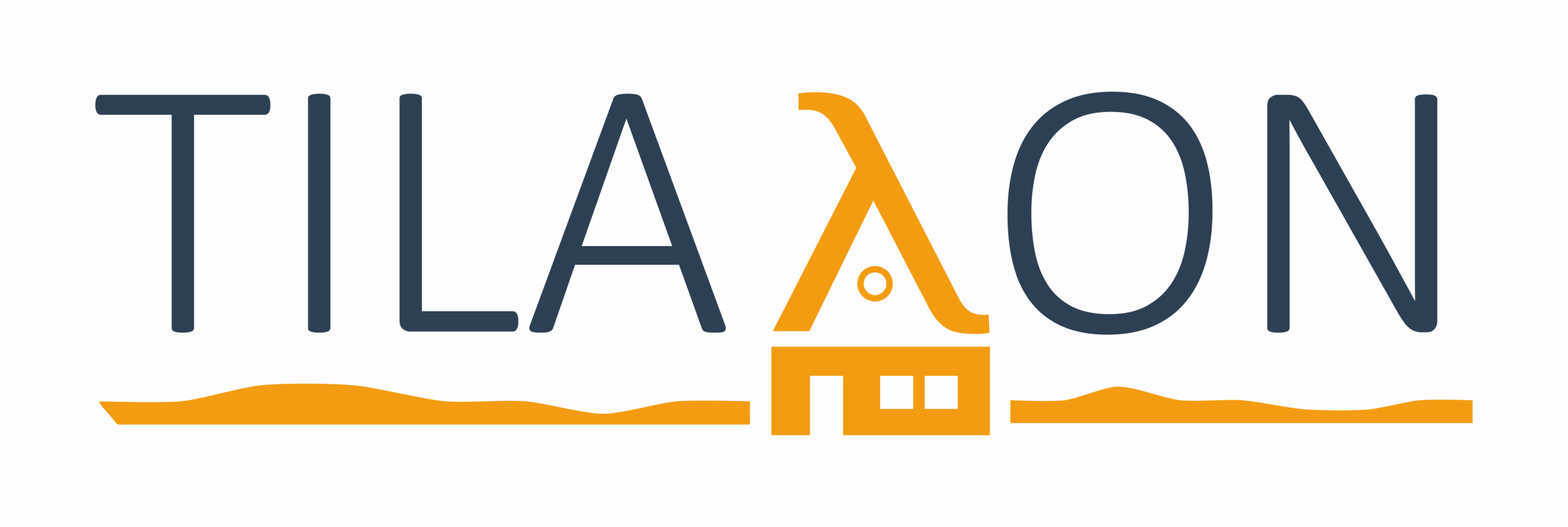S – Situation
The team was responsible for maintaining and modernizing a large‑scale manufacturing management system. The scope included bug fixes, new features and architectural modernization work such as .NET 8 migration, dependency injection and a modularized frontend.
T – Task
- Replace legacy libraries and introduce tools for .NET 8 readiness.
- Standardize database migrations via grate migration tool.
- Refactor legacy backend services for better modularity and testability.
- Improve frontend consistency and type safety.
- Pilot GitHub Copilot across approximately 15 developers.
- Extend CI/CD automation and Azure DevOps usage.
A – Actions
Database & migrations
- I researched suitable database migration tools and selected Grate. I involved various stakeholders to ensure all requirements were met. I prepared comprehensive README documentation and conducted training sessions for the teams.
- Ensured that database migrations run automatically on every commit via the Azure pipeline.
Backend refactoring & modularization
- Refactored key backend services using dependency‑injection and modular principles to improve testability and maintainability.
Frontend modernization & tooling
- Introduced Prettier for consistent formatting, refactored dialog return types and replaced Webpack with esbuild + Vite for faster builds.
- Chose new tooling for OpenAPI generation in the .NET 8 environment.
Tooling pilots & CI automation
- Contributed to the GitHub Copilot pilot and enhanced CI pipeline automation as part of extending Azure DevOps usage.
R – Results
- A foundation for better testability and stronger typing is now in place to protect against regressions, though precise changes in bug counts are not yet measurable.
- Dedicated deployment environments for feature branches (via Azure) significantly sped up UI demos and bug-fix reviews, since team members no longer needed to run the system locally for these purposes.
- The one-script setup of the Grate migration tool automated database configuration in both new and legacy projects, creating the conditions for fully automated server configuration.
- Feedback from managers and colleagues highlighted the project’s clarity, transparency, and the scalability of the solutions.
Tools & Technologies
- Languages & Frameworks: C#, Angular, .NET Framework, .NET 8
- APIs & Integrations: REST, OpenAPI
- DevOps & CI/CD: Azure DevOps, Jenkins, Docker
- Tooling: Prettier, Vite
- Database: SQL Server (schema & data migration)
